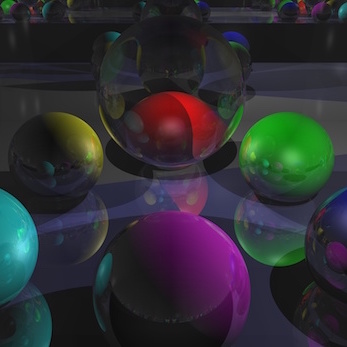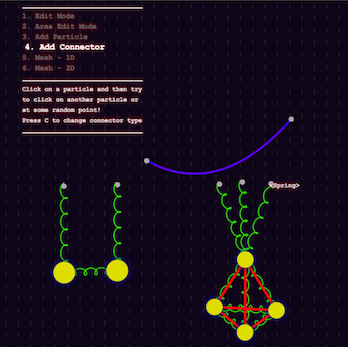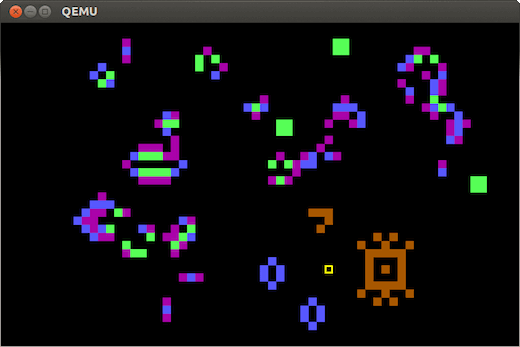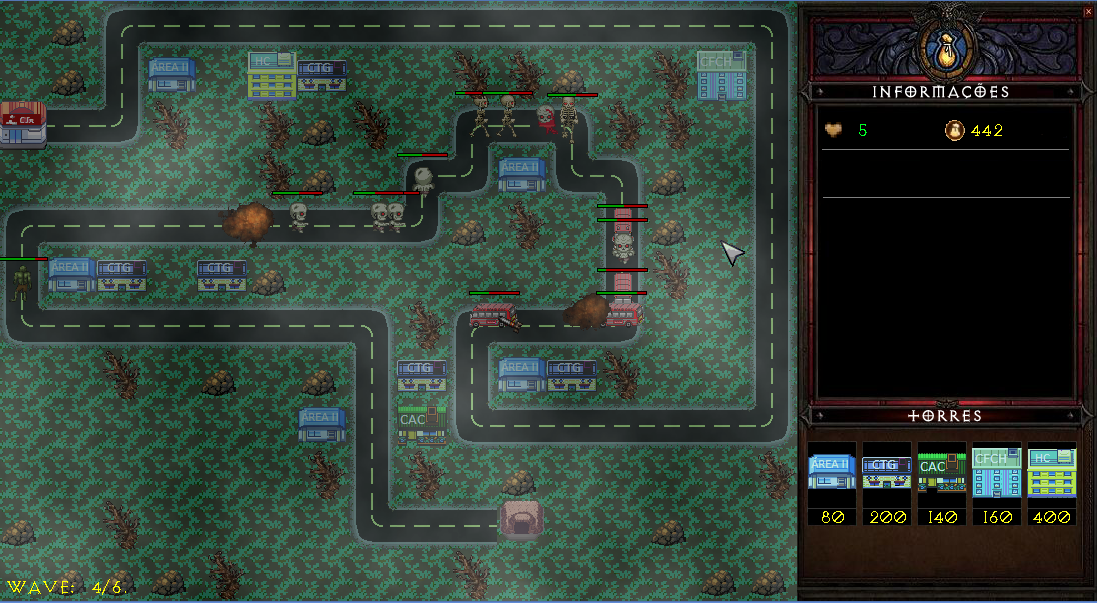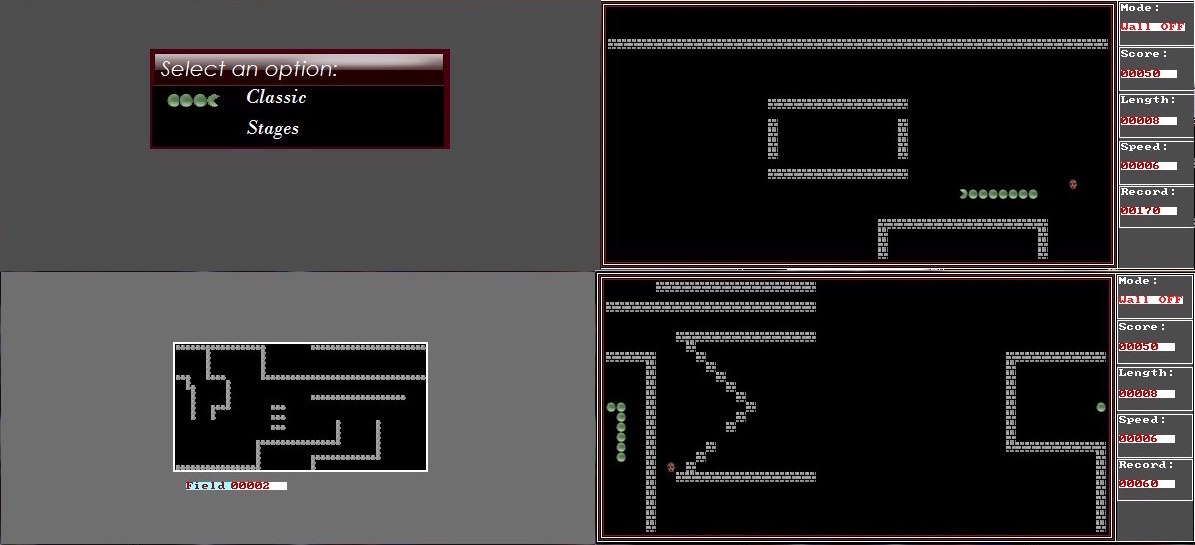Ray Tracer in C++
April 2016This is a course project for CSCI 420 - Computer Graphics at USC. Given an input scene that specifies a list of triangles and spheres, it renders and generates .jpg pictures to the disk. I added a lot of extra features, including:
- Adaptive anti-aliasing and multi-threading implementation
- Reflection and refraction using Snell's Law and Fresnel's Equations
- Custom camera positioning and simple 3D-model loader
- Settable material properties for both spheres and triangles
For more information, please check this project on GitHub. If you just want to see some pretty pictures, click here.
